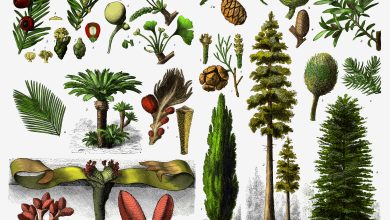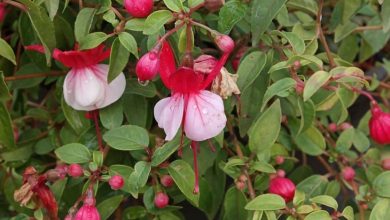How to plant borage


Borago officinalis
Borage or borago is an annual cycle herb native to the Mediterranean region that reaches 40 cm to more than 1 m in height. It is recognized as a medicinal herb and is also widely cultivated as an ornamental plant in gardens. The stems and leaves are covered with fine hair (trichomes). The leaves can be eaten cooked or raw, and taste similar to the taste of cucumber. However, they should not be consumed in large quantities, as they contain oxalic acid and small amounts of toxic alkaloids.
Borage flowers are usually blue or bluish-violet, although there is a cultivar with white flowers. A blue dye can be extracted from the flowers, and these can also be consumed, can be used to color vinegar, or can be used in confectionery and drinks. Flowers attract bees and are a rich source of food for them.
The oil extracted from its seeds is rich in gamma-linolenic acid (GLA), an omega-6 fatty acid, which is widely used as a food supplement. However, efficient harvesting of the seeds is difficult and laborious, as the flowers appear over several months and so the seeds are not available to be harvested on the same day.

Climate
It should be grown in mild or cold weather, with temperatures between 4 ° C and 25 ° C. This is a plant resistant to frost and low temperatures.
Brightness
Best if grown in direct sunlight, but also tolerates partial shade, as long as the light is good.

Ground
This plant is very tolerant of the soil, with the condition that it is well drained. As an ornamental plant it can be grown even in poor and stony soils, but to be more productive, the ideal is that the soil is light, well drained and fertile (it must be rich in nitrogen).
Irrigation
Irrigate frequently so that the soil is kept slightly moist. This plant is resistant to short periods of drought, but grows better if there is no water shortage. On the other hand, excess moisture is harmful and favors the appearance of pests and diseases.

Planting
Borage is propagated by seeds, which should preferably be sown in the final location, as the seedlings generally do not support the transplant well. Sow at a depth of 1 cm. Germination occurs in approximately 1 week. The spacing between the plants can be 20 to 50 cm, being larger if the soil is very fertile and smaller if the soil is poorer or if the seed production is the main objective of the plantation.
Borage can easily be grown in pots and planters.
Cultivation
Wear gloves when handling the plant, as the hair on the stems is stiffer and can stick your hands. Some people can also get irritated skin when handling the plant.
Remove weeds that are competing for resources and nutrients.
Borage seeds come off and spread easily, making this plant an invader in some regions.

Harvest
The leaves should be harvested preferably before flowering, as that is when they are in the best flavor. Pick the leaves or flowers when necessary, as they wilt in a short time after being harvested.
The seeds are released quickly when the fruits are ripe, so it can be difficult and laborious to harvest them efficiently, as flowering can take months. For this reason, mechanical seed harvesting generally results in low productivity per area compared to careful manual harvesting.



![Photo of Kiwi Irrigation: [Needs, Frequency and Procedure]](https://www.complete-gardening.com/wp-content/uploads/2021/06/Variedades-de-Kiwi-Summer-Kiwi-390x220.jpg)
